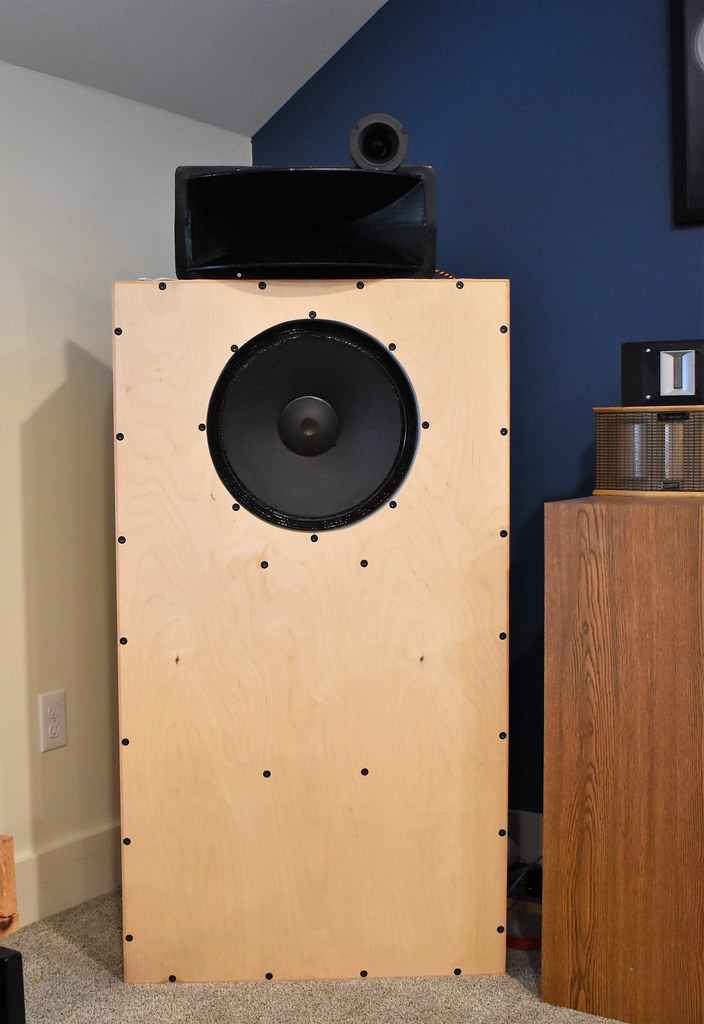This is all great info but I am trying to understand where the extra watts go? So if you have 85db efficient speakers does the crossover in the speaker eat some power? Do other things eat power so that a 3.5 watt amp like I have, is not able to produce more than enough power to drive 85db speakers?
What do you mean by "extra watts"? (I am trying to understand exactly your question; I am pretty dense, so without a better explanation of what you are asking, the question is sort of like "How high is up?")
Eight feet away, a pair of 85 dB/W/m speakers will produce about 85 dB SPL driven by 3.5 W each.
The power from the amplifier creates acoustic power (sound) by converting the electrical energy into acoustic energy through a mechanical device, the speaker drivers. It is not a terribly efficient process. The coupling from electrical input to acoustic output is fairly "weak" so acoustic power output is considerably lower than the electrical power input (my grad instructor said 1 acoustic watt would blow your ears off). It's a conversion process and energy is always lost in a conversion. In addition are all the other causes mentioned by others, such as loss in the crossover (wasted heat in the components), heating in the voice coil (where electrical energy is converted into mechanical energy to create sound), and so forth. Bottom line is power (energy) is lost as wasted heat in the crossover and drivers, and due to the loose coupling from electrical signals to acoustic signals (a speaker is not a good power matching system).
There are many other examples of power lost during a conversion process, such solar cells that convert sunlight into electricity, transmissions that convert raw engine power into power at the wheels, electrical power into light bulbs to create visible light, and on and on. In most if not all cases the "extra" energy is converted to (lost as) heat someplace in the chain. For speakers that is primarily the crossover and voice coils.


